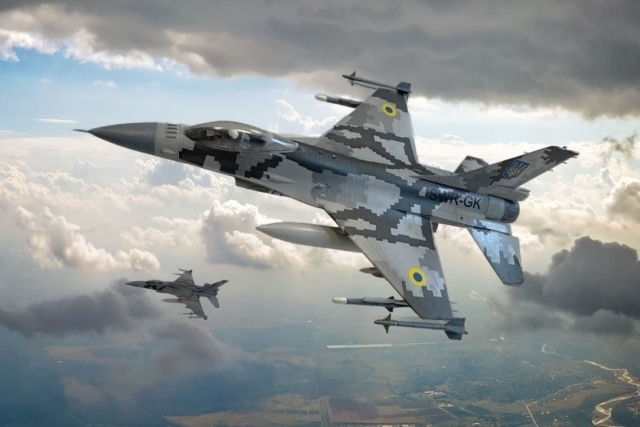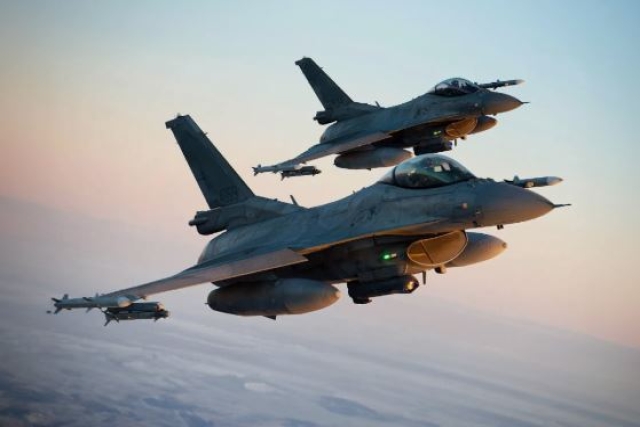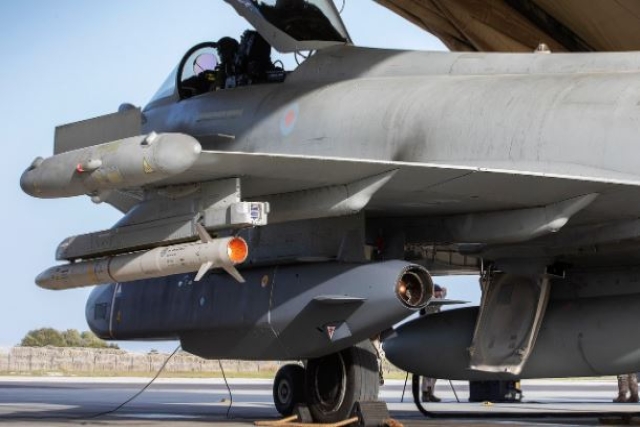Russian Missile Strike Destroys F-16 Fighter at Dnepropetrovsk Airport
Alleged Missile Strike Raises Concerns over Ukraine's Deployment of Western Aircraft

Russian forces launched an Iskander-M missile strike on Dnepropetrovsk International Airport, reportedly destroying an F-16 Fighting Falcon.
Initial reports indicated that a MiG-29 had been hit, but further analysis by Russian publication topcor.ru identified the damaged aircraft as a U.S.-made F-16. Ukraine has not commented on the incident.
Visual analysis of the wreckage revealed features characteristic of the F-16, including a streamlined fuselage, trapezoidal wings, a vertical fin, and an air intake located beneath the fuselage.
NATO allies have committed to supplying Ukraine with approximately 90 F-16s once pilot training is completed. The initial batch of around 10 F-16 fighter jets arrived in Ukraine in late July.
This alleged F-16 incident underscores the ongoing challenges faced by Ukrainian forces in operating advanced military equipment supplied by Western allies. Ukraine is now focusing its F-16 training on younger, less experienced pilots to expedite the transition to the American-made aircraft. This shift follows earlier setbacks attributed to language barriers and differing training methods, including an F-16 crash in August. While pilot training cannot be rushed, the new approach may enable faster adaptation, as younger pilots do not need to unlearn previous techniques.













